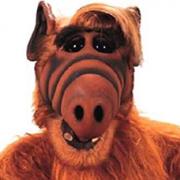...perhaps also at high speed?
I remember once on the range my buddy showed me his ISPC gun (STI std. div.) complete but without sights, and I tried it anyway, shooting very tight clusters at 10 m... but taking my time to get a perfect grip and the same stance, and looking over the top of the slide. This made it so much easier.




 Reply With Quote
Reply With Quote




